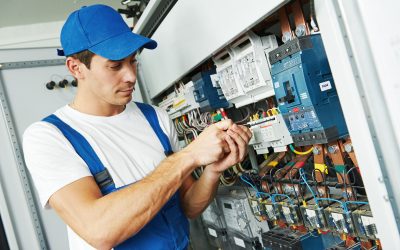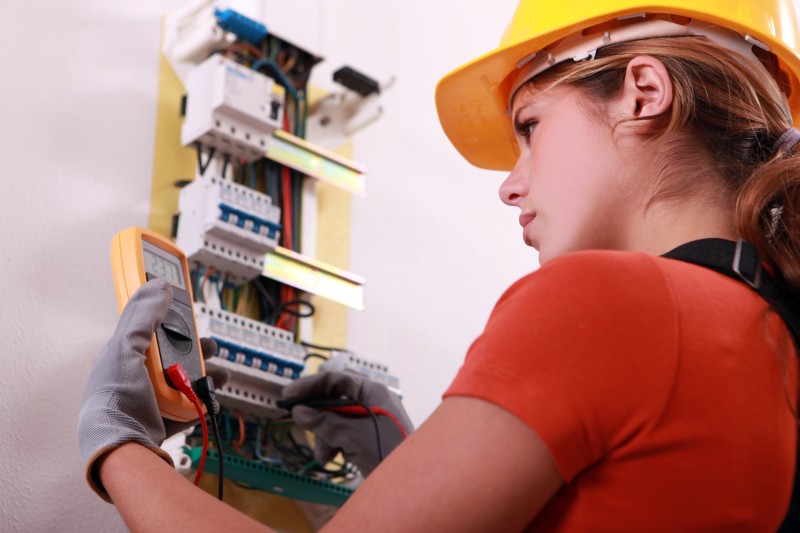In many commercial settings today, there is a specific need to measure many kinds of pressure. This ensures machinery is running smoothly, and materials are flowing properly. But what does a differential pressure sensor do and how does it work? Let’s take a closer look and see.
Defining Differential Pressure
There are three different kinds of pressure measurements to be concerned with. They are known as absolute, gauge, and differential. By looking at all three, you’ll get a better understanding of differential pressure.
Gauge Pressure
Atmospheric pressure is used when determining gauge pressure. In other words, this method compares pressure in the atmosphere to the pressure it is measuring. This kind of measurement is determined in pounds per square inch gauge.
Absolute Pressure
Atmospheric pressure is not taken into consideration when measuring absolute pressure. Instead, it is compared to a vacuum, and this is just the opposite of atmospheric pressure. If you remove all atmospheric and gauge pressure, you will have a vacuum. The pressure being measured is in direct relation to a vacuum.
Suppose you had lines containing gas, and you needed to lower the pressure to a certain point. You could inject it with a specific amount of absolute pressure, to give you the gauge pressure required. This eliminates the need for experimenting to get the pressure just right.
Differential Pressure
A differential pressure gauge does not use something as a reference point for gauge or absolute pressure. Instead, this instrument is concerned with the difference between two points of pressure. Determining difference is simple mathematics. For example, if pressure is 80 pounds at point A and 60 pounds at point B, the differential is 20 pounds. Here is an example of why differential pressure is measured.
Suppose you have fluid entering a pipe line at one point and leaving at another. You wish to keep the fluid close to the same pressure throughout to receive an even flow rate. You can place a probe at each point, and the probes will send data on the pressure to a single control unit. Now you can monitor the pressure differences without being in two places at once or pay for two separate pressure sensors.
Many companies make and distribute differential pressure sensor equipment, so how you can tell which one is best? Check into business reputations and make sure they have years of experience and knowledgeable staff on hand for support. They should also offer the convenience of online support and ordering, so you can take care of your needs when your schedule allows.


